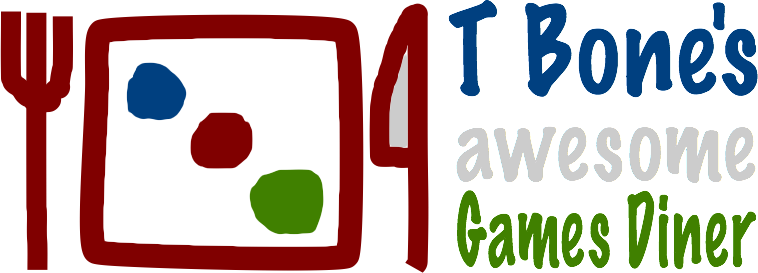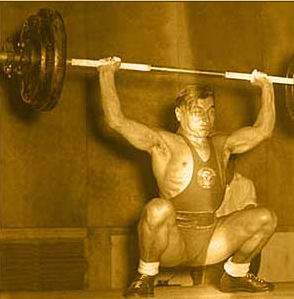A recent ramble on rec.games.frp.gurps, responding to this post and referencing this post:
infornific@aol.com (DW) wrote:
lwcamp@landau.chem.rochester.edu (Luke) wrote:
(Rest of message deleted for brevity – please see original message)
Excellent points. Your division of strength into grappling/lifting/carrying vs combat/speed sounds a lot like GURPS Gulliver’s Combat ST and Load ST. That might be a simpler way to simulate the differences in ST. So a weightlifter might have Combat ST 12 and Load ST 16 – he doesn’t punch that hard, but he’s formidable in grappling and can fence with a broad sword. Interesting, it sounds like a plausible rationale for split ST. Does anyone know of good scientific evidence on how that kind of strength varies with size? The division in Gulliver sounds reasonable (large creatures have carrying abilities far exceeding comabt strength), but Gulliver did that for the sake of playability.
Right, playability. To clarify, the split ST score in GULLIVER is not a split between what Luke described, which is power for pushing a static load, vs max muscle velocity.
GULLIVER’s split ST score is only a split between a) how much a creature’s muscles can lift, vs b) the game “cost” and “damage” for that strength.
It seems a game shouldn’t need two separate ST scores for that, and most games don’t. If GURPS were set up differently, there’d be no need for a split: cost, damage, and lifting ability would all fit together nicely for any given creature, and we’d all be a bit happier with our single ST score.
However, the game was set up so that big and small creatures (as seen in published examples) don’t have realistic lifting ability – and giving them realistic lifting ability saddles them with point costs and damage that the game doesn’t intend them to have (again, as seen by those published examples).
There’s not much to do except grumble – and, as one solution, a) give them realistic lifting abilities (“Load ST”), but also b) leave them with the costs and damage that the game designers built in (“Combat ST”). That’s the only purpose behind the split ST in GULLIVER.
As for the aspects of ST that Luke described: The first, force exerted against a static load, is just lifting ability (“Load ST”).
The second, maximum muscle speed, has nothing to do with “Combat ST”, but is also represented in GULLIVER (the only such example in RPG-dom, as far as I know), in the jumping and throwing rules. It’s not represented as any split ST score, but rather much as Luke describes: a max speed (and thus distance) in jumps and throws, drawing on the GURPS Basic Speed stat.
To comment on a paragraph from Luke’s post:
For jumping, running, throwing distance, and the actual damage you do with a muscle powered weapon, use a score related to your speed – I’d suggest using the average of your HT and DX since GURPS uses half of this average for a quantity called Basic Speed already that includes some of these effects.
Minor objection: for jumping and throwing, you can’t toss out ST; it needs to remain at the core of performance. But yes, Basic Speed works fine in a formula to cap performance of these. (The real-life interplay of muscle force and muscle contraction speed may certainly be more complex, but for simplicity I just use Basic Speed in a calculation that caps performance.)
ST needs to remain part of the damage equation too. Here, too, max speed is a real-life consideration in blows, as Luke described. A game system could follow the lead of jumping and throwing: use ST and weapon mass to get speed, with that speed capped somehow by Basic Speed.
But I didn’t work this into GULLIVER. The reason is simple: reworking the system to base weapon damage on an interplay of weapon mass and impact speed would be a tremendous change from GURPS – essentially, turning weapon impact into a subset of generic rules for collision damage. That might be an interesting change, but I didn’t make the effort, and don’t know that anyone would care anyway. So I haven’t messed with that.
On a related subject, does anyone know of a good source for real world comparisons of average versus peak strength? That is, comparisons of how much a reasonably fit man could lift, carry, bench press, etc vs Olympic records.
I’ve found and used a lot of piecemeal stats, but haven’t found a satisfyingly comprehensive source. If you do, please pass it along…
It would be interesting to take the record strength feats and figure out the likely GURPS stats.
Yep. Just remember, that any ST score reverse-engineered from a record lift has to account for at least three components:
1) the lift attributed to ST only (no doubt the biggest part of the lift)
2) any extra performance from technique (i.e., Lifting skill)
3) any extra performance from Extra Effort.
So there’s my few cents on ST in the game. And if anyone’s still awake after all that… well, we all need to get out more. : )


